Tips for Best Results¶
Quick Tips¶
-
Quick, incomplete labels are ok!
- You don't need cover the whole area of an object. It's ok if you make a small stroke within the object.

It is ok to make quick labels -
Use the opacity slider provided in the toolbar to more clearly see labels or imagery under labels. The slider is available on the map and on the labeling screen.
-
The pointer mirroring option above the prediction screen can be used to precisely target tricky places in the training areas.
-
Use the polygon tool to label large areas quickly or the line tool for large straight features (e.g., streets).
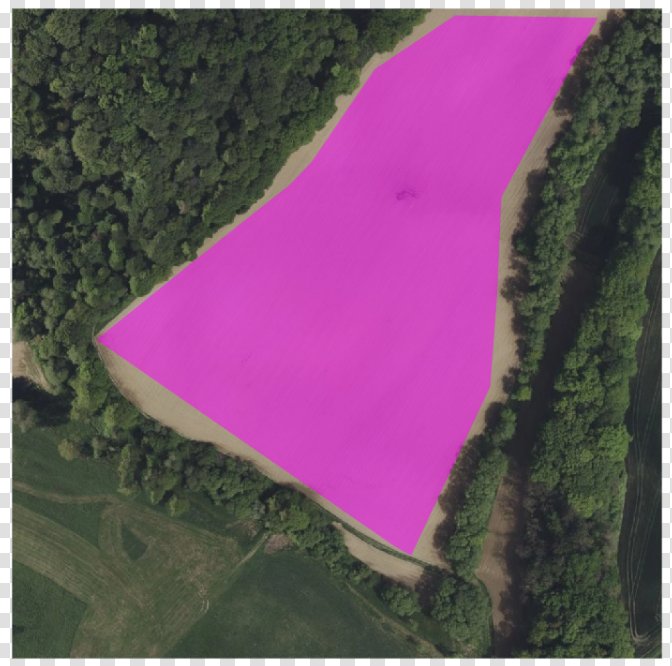
Large area labeled with polygon tool - Use the rectangle tool to save time with structures with regular shapes (e.g., buildings).
- High-quality imagery will produce better results. Pay attention to image resolution and possible obstructions (e.g., clouds). COG files will further reduce scene upload (preprocessing) time .
Labeling and Training Best Practices¶
While HUNTR is designed to make training an AI model as intuitive as possible, there are some best practices to consider while labeling and training to generate the best results.
-
For every object with a positive label, also place a small negative label near the edge of the object. This helps the AI better understand the contrast between object and background.

Place a negative label next to positive labels When possible, surround the positive label with negative labels.
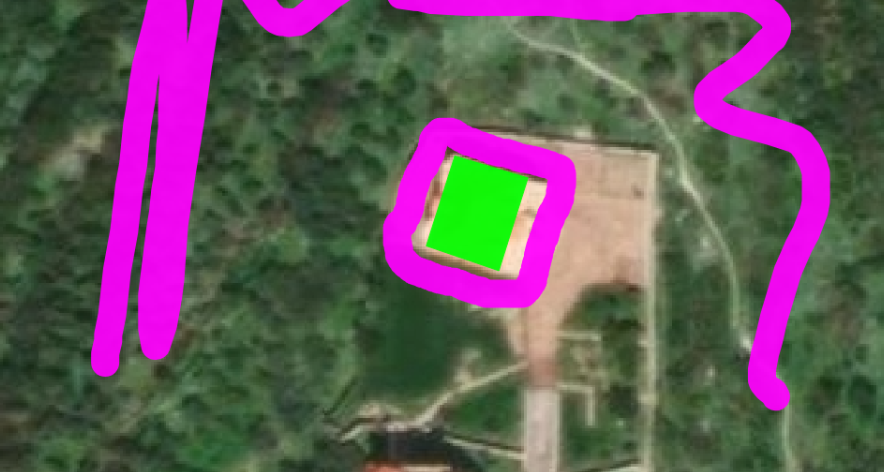
Surround positive labels with negative labels -
If applicable, try to capture the geometric essence of the detection class.

Cul-de-sac detection showing typical geometry -
Avoid overlapping labels. These will confuse the AI model and lead to less accurate predictions.
-
Many training areas with a few labels each is generally better than a few training areas with lots of labels.
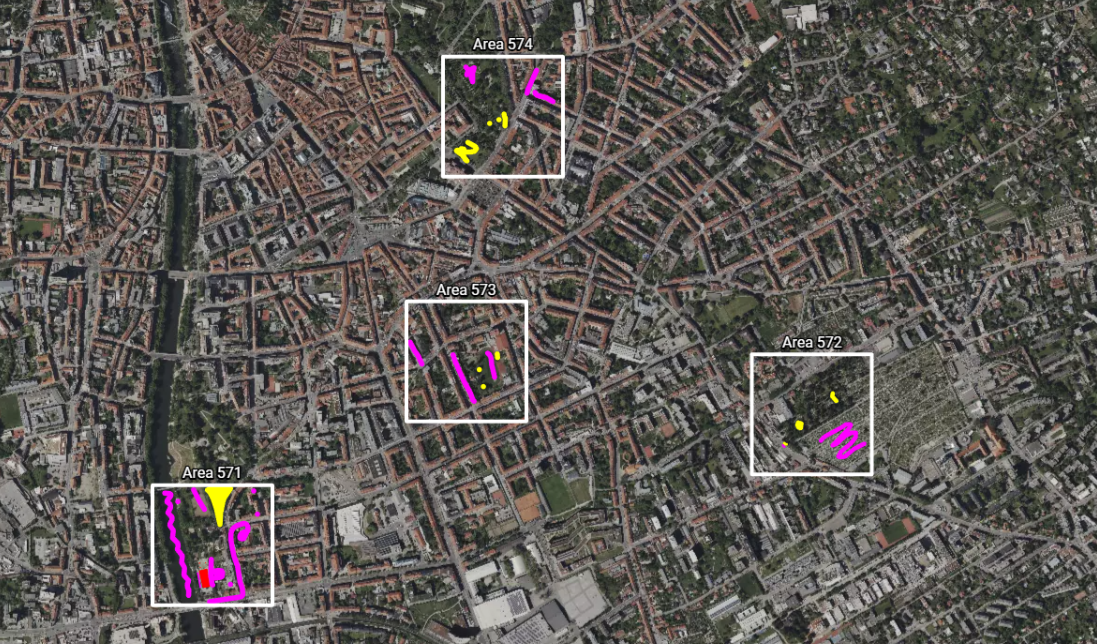
Create many training areas -
When detecting features in varying resolution, make sure to train the model on images that reflect the variation. Changing resolution between training and detection will negatively impact results.
-
After creating a few training areas for the initial training, iterate between a few minutes of labeling and running large-scale inference.
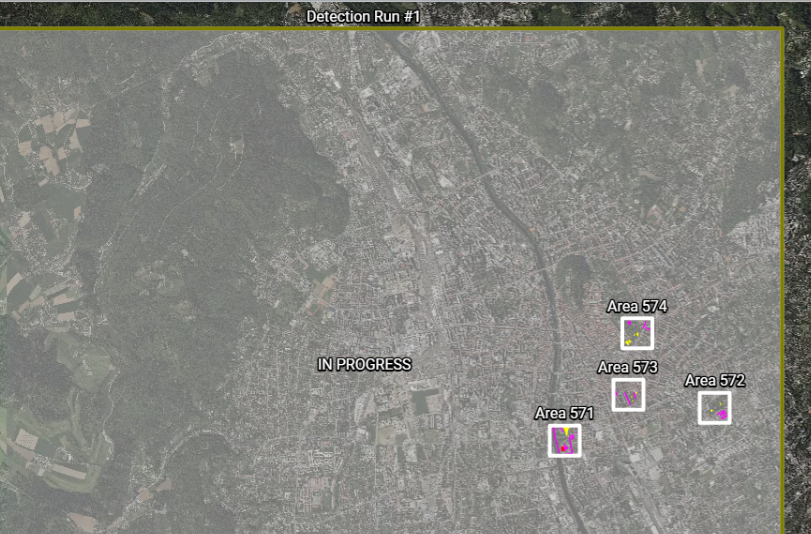
Do frequent large-scale detection runs -
Focus on the largest inference errors first then move to work on smaller inference errors.
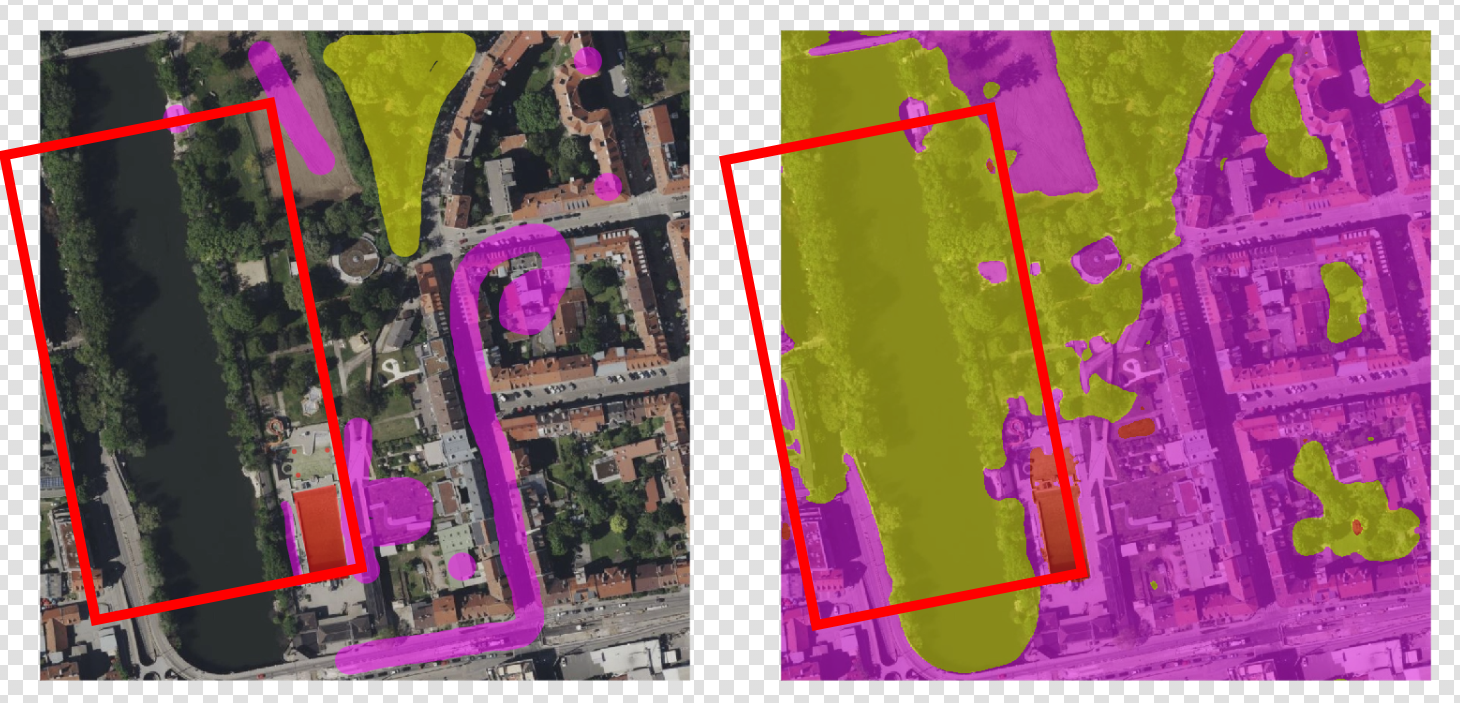
Make a negative label here